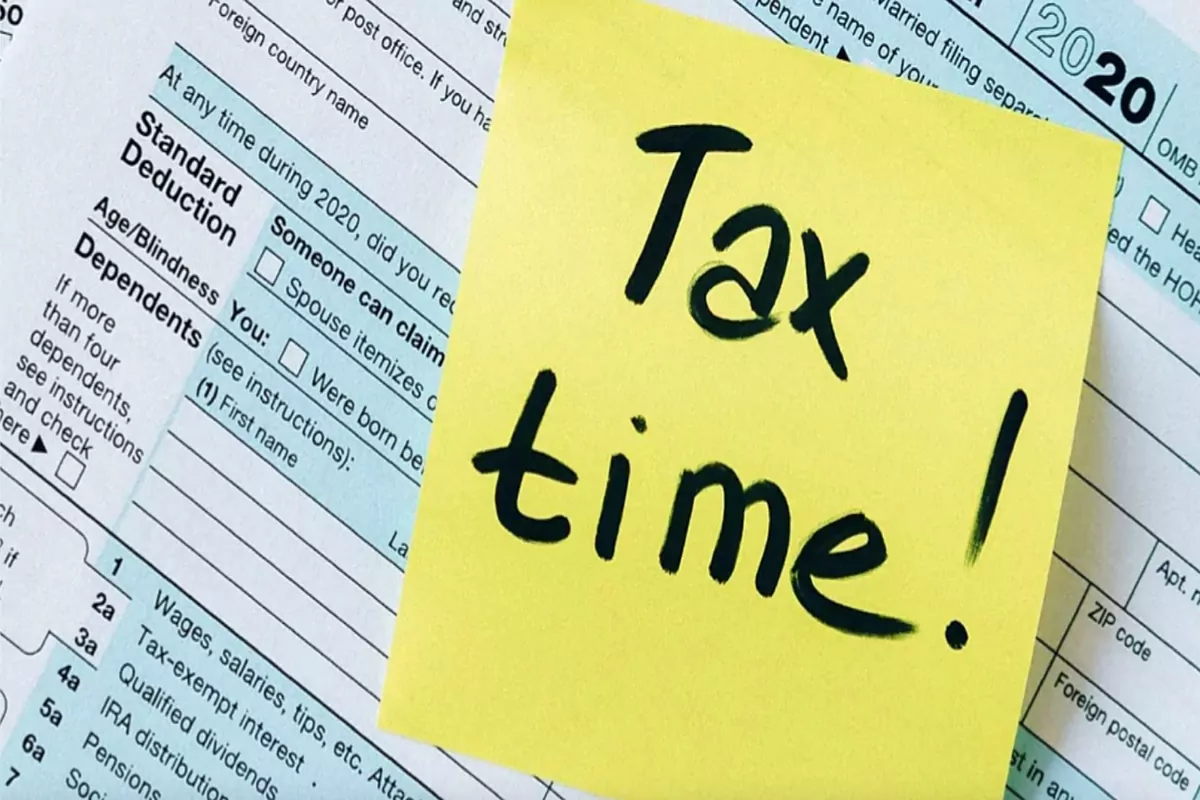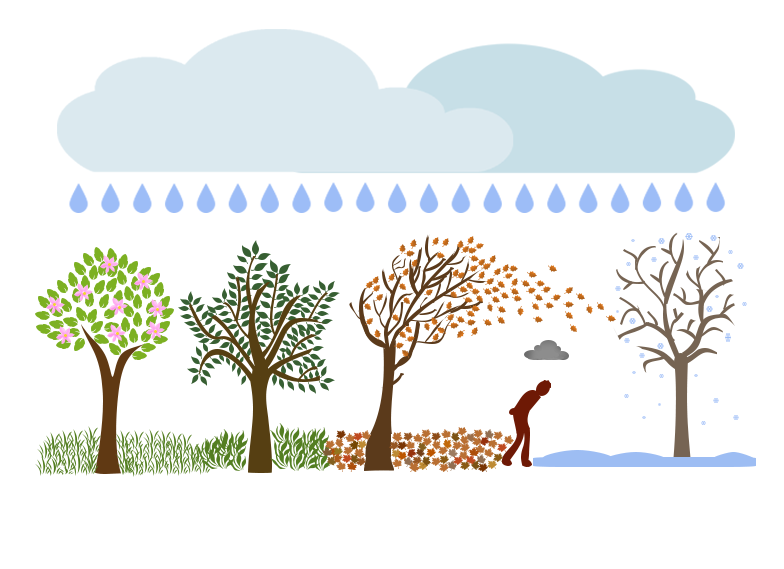When the temperature drops, it’s not uncommon for people’s moods to drop as well. Seasonal depression, also known as seasonal affective disorder (SAD), has seen an increase in diagnoses for teenagers and young adults from its first acknowledgment in 1984.
SAD was first systematically reported in 1984 by Norman Rosenthal and research for treatments has been ongoing ever since using clinical trials.
Seasonal depression is a depressive disorder that unfolds when there is less sunlight or too much sunlight, commonly occurs during the fall and winter months, but it can also happen during the spring and summer.
According to Mayo Clinic, the seasonal changes and lack of Vitamin D are what cause SAD. Different symptoms develop depending on which season the disorder kicks in. In the fall/winter, symptoms include oversleeping, low energy and appetite changes. In the spring/summer, symptoms include anxiety, irritability, insomnia, trouble eating or weight loss. Overall symptoms include loss of interest, difficulty concentrating, hopelessness, weight gain or loss, sleeping too much and even suicidal thoughts.
Studies show that younger adults are more at risk rather than older adults along with people who have a family history of SAD, people who live far from the equator and people who suffer from depression or bipolar disorder. An estimated four to six of the United States population suffers from SAD. Women are also four times more likely to succumb to it than men because decreased sunlight and lack of Vitamin D can affect mood-balancing serotonin, which fluctuates estrogen levels.
If seasonal depression goes undiagnosed or untreated it could cause major issues including school problems, eating disorders, substance abuse issues, anxiety or social withdrawal.
Sadly, there is no cure or way to prevent this disorder. Taking medications, taking care of oneself, talking with a therapist, getting outside or increasing Vitamin D intake are all ways to help make the disorder a little easier to live with.


















